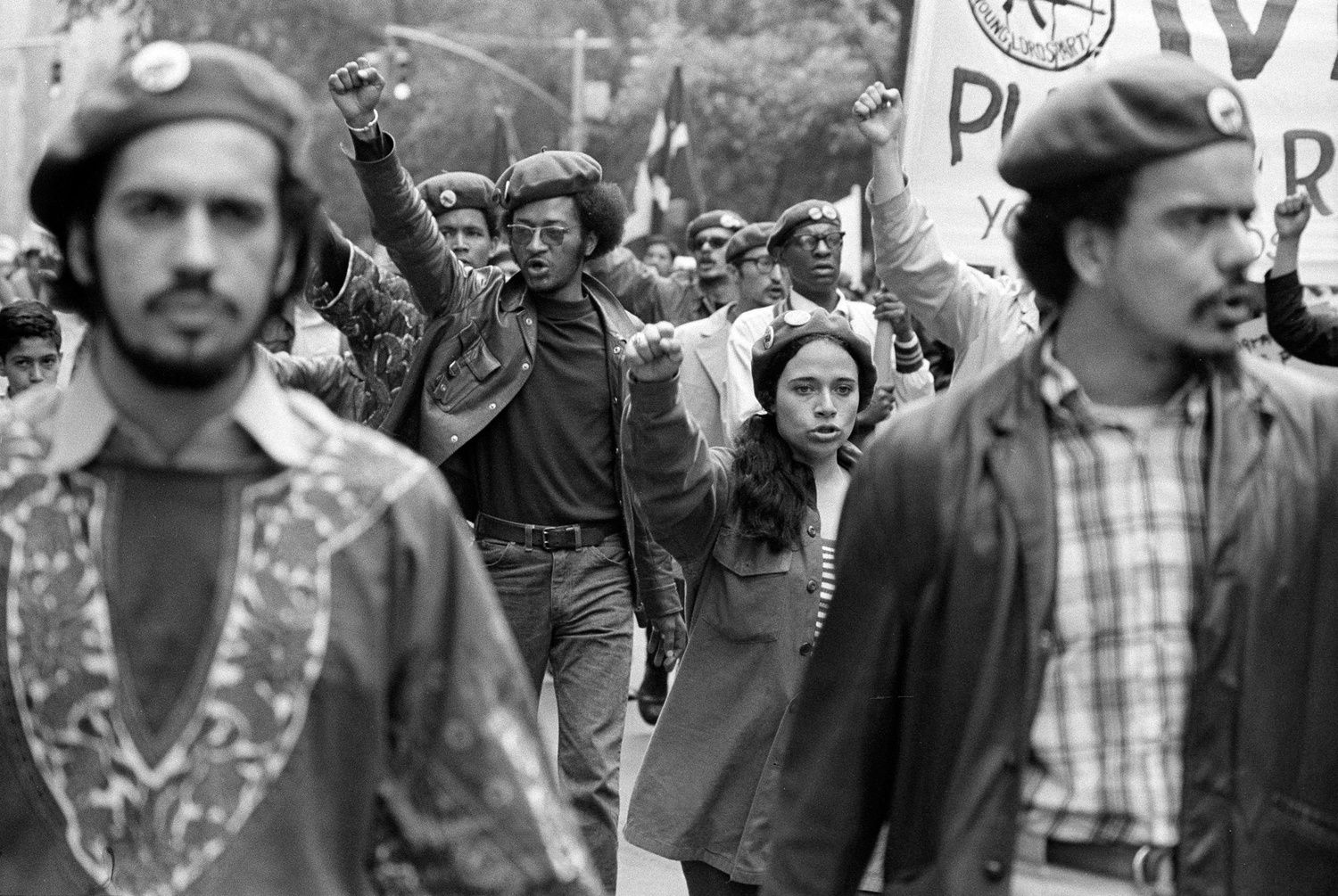A space of their own?Posted in Articles, Campus Life, Media Archive, United States on 2016-09-30 19:57Z by Steven |
Yale News
2016-09-21
Noah Kim, Staff Reporter
Multiracial students at Yale
Haleigh Larson ’18 spent her North Dakotan childhood in a community she characterizes as “almost completely Scandinavian.” She and her two siblings, the adopted children of white parents, are some of the few residents of color in the entire town.
When she came to Yale in the fall of 2014, Larson was, like all other students of color, assigned a peer liaison and invited to attend events at one of the campus’s cultural houses — in her case, the Afro-American Cultural Center. Never having socialized regularly with people of a similar racial background, Larson was initially eager to explore an aspect of her identity with which she was unfamiliar. But she found it difficult to fully engage with many of the other students and began to feel as if she were not a member of the African-American community at Yale.
“Many of the students there had come to the Af-Am House looking for a space to engage with others who had been raised in similar environments, while I came there trying to learn more about a side of my identity I wasn’t as immersed in,” Larson said. “As a result, there was a huge barrier between me and many of the other students. Besides the occasional email, I certainly didn’t feel like a member.”
Though Larson acknowledges the importance of Yale’s cultural houses for many students of color, she was disappointed with her experience trying to explore her identity within the campus’s existing cultural spaces.
Jessica Nelson ’18, a half-black, half-white student “tangibly involved but not extremely active” in the Af-Am House, experienced similar feelings of alienation upon visiting the center during her freshman year…
Read the entire article here.





